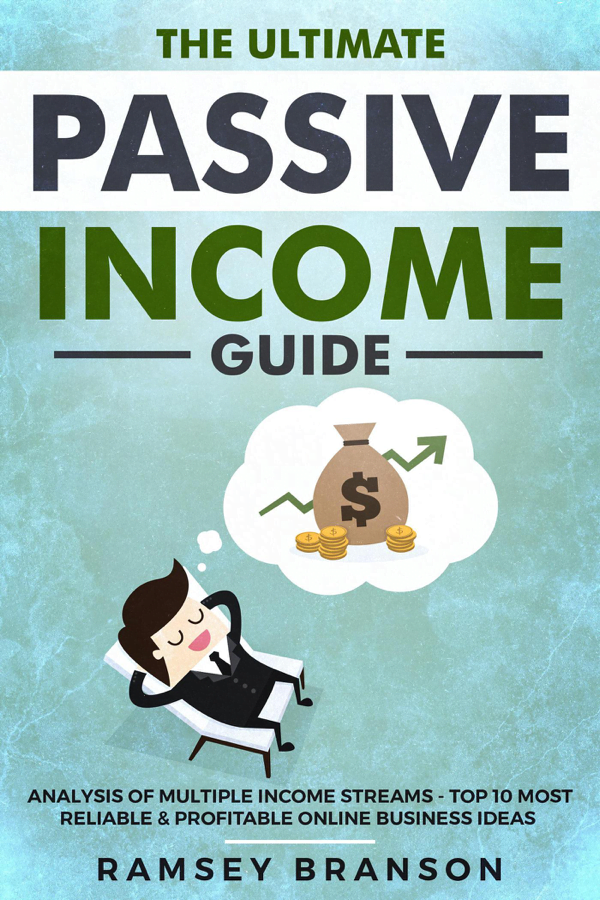
Investing in the Stock Market: A Simple Guide to Buying and Holding Shares
Investing in the stock market can seem intimidating, especially for those just getting started. However, with a simple strategy like “buying and holding” shares, you can take advantage of long-term growth potential without the stress of constantly monitoring market fluctuations. This blog post will guide you through the basics of stock market investing, why buying and holding is a smart approach and the benefits it offers for building wealth over time.
Why Invest in the Stock Market?
Investing in the stock market is one of the most effective ways to grow your wealth over the long term. By buying shares of a company, you are essentially purchasing part ownership in that business. As the company’s value increases, so does the value of your shares.
But why is stock market investing so powerful?
Reasons to Invest:
- Higher potential returns: Historically, the stock market has delivered higher returns than other types of investments, such as bonds or savings accounts.
- Ownership in companies: When you buy shares, you become a partial owner of the business and can benefit from its growth.
- Dividend income: Many companies distribute a portion of their profits to shareholders in the form of dividends, which can provide a steady source of passive income.
- Compounding: Over time, returns can compound, allowing your investments to grow exponentially.
While the stock market offers significant opportunities for growth, it also comes with risks. Share prices can fluctuate due to market conditions, and there is no guarantee of profit. This is why long-term investing, such as buying and holding, is a proven strategy that can help you minimize short-term volatility and maximize growth potential.
Understanding the Buy-and-Hold Strategy
The buy-and-hold strategy is straightforward: you purchase stocks with the intent of keeping them for a long period, regardless of market ups and downs. Rather than trying to predict short-term price movements, the focus is on long-term growth, which can provide significant returns over time.
Why Choose Buy-and-Hold?
- Avoid market timing: Trying to time the market by predicting when to buy or sell is extremely difficult, even for seasoned investors. Holding stocks long-term eliminates the need for constant buying and selling.
- Minimize emotional decisions: By sticking to the buy-and-hold approach, you reduce the temptation to react emotionally to short-term market dips or spikes.
- Benefit from long-term growth: Over the years, the stock market tends to rise, despite short-term fluctuations. By holding onto your shares, you can ride out temporary declines and benefit from the overall upward trend.
- Lower transaction costs: Frequent trading can lead to higher fees and taxes, which eat into your returns. Holding stocks for longer periods helps reduce these costs.
The key to successful buy-and-hold investing is patience and consistency. Rather than reacting to short-term volatility, you focus on the bigger picture—allowing your investments to grow steadily over time.
How to Start Buying and Holding Shares
1. Educate Yourself on the Stock Market
Before you begin investing, take the time to learn the basics. Understand key concepts like stock prices, dividends, market capitalization, and how different factors affect stock performance. The more informed you are, the more confident you’ll feel in your investment decisions.
2. Choose a Reliable Brokerage Platform
To invest in stocks, you’ll need to open an account with a brokerage firm. Many online brokers offer beginner-friendly platforms that provide tools, resources, and low fees to help you get started.
Popular online brokerage options include:
- Robinhood (zero-commission trades)
- Fidelity (excellent research tools)
- E*TRADE (intuitive platform for all levels)
- Charles Schwab (low fees and comprehensive services)
Make sure to compare fees, research tools, and account minimums when selecting a platform.
3. Research and Select the Right Stocks
When choosing stocks, focus on companies with strong fundamentals, a proven track record, and growth potential. Look for businesses that are well-managed and have a competitive advantage in their industry.
Factors to Consider:
- Revenue and profit growth: Consistent growth in earnings is a good indicator of a healthy company.
- Price-to-Earnings (P/E) ratio: This metric helps you assess whether a stock is priced fairly compared to its earnings.
- Dividends: If you want regular income, look for companies with reliable dividend payments.
4. Diversify Your Portfolio
Diversification is key to managing risk. By investing in a variety of companies across different industries, you can protect yourself from the impact of downturns in any single sector.
5. Stay Committed to the Long Term
The buy-and-hold strategy works best when you stay patient. It’s important not to panic during short-term market drops and avoid selling prematurely. Over time, the market tends to recover, rewarding those who hold on to their investments.
Benefits of the Buy-and-Hold Strategy
1. Lower Stress
One of the biggest benefits of buy-and-hold investing is reduced stress. You don’t have to worry about constantly monitoring the market or making split-second decisions. By focusing on the long-term, you can avoid the anxiety that comes with daily stock price fluctuations.
2. Compounding Gains Over Time
When you hold onto your investments for years, you can take advantage of compounding—where your gains generate more gains. Reinvesting dividends further boosts this effect, leading to exponential growth over time.
3. Tax Efficiency
In many countries, holding stocks for over a year qualifies you for lower capital gains tax rates. Frequent trading, on the other hand, can result in higher short-term tax liabilities. The buy-and-hold strategy helps you keep more of your returns.
4. Avoiding Emotional Mistakes
Short-term traders often get caught up in market hype or fear, leading to poor decisions like buying high and selling low. Buy-and-hold investing minimizes emotional decision-making by focusing on long-term results, reducing the chances of costly mistakes.
Common Mistakes to Avoid
Even with a buy-and-hold strategy, there are mistakes that investors should be aware of:
- Overreacting to market downturns: Market dips are inevitable. Resist the urge to sell at a loss during temporary drops.
- Chasing trends: Don’t invest in stocks solely based on hype or recent performance. Do your research and invest in companies with strong fundamentals.
- Lack of diversification: Avoid putting all your money into one stock or sector. Diversification helps mitigate risk.
Final Thoughts: Patience Pays Off
Investing in the stock market doesn’t have to be complicated. By adopting a buy-and-hold strategy, you can capitalize on the long-term growth potential of quality stocks while minimizing stress and emotional mistakes. Over time, this simple yet effective approach can help you build wealth and achieve your financial goals.
Remember, the stock market rewards patience. Stick to your plan, stay diversified, and allow your investments to grow steadily over the years.
Share
Previous Post
Smart Ways to Monetize Your Brand: Collaborations & More
Post a comment Cancel reply
Related Posts
July 14, 2024
Alison: Your Source for Free Online Courses in Various Fields
Free online courses on Alison.com can significantly enhance your earning potential by equipping you with…
May 16, 2024
Review About BlockDAG & How It Will Impact The Crypto World
Earn Big with BlockDAG ($BDAG)! Refer friends and family to join the most advanced blockchain…
February 16, 2025
Emerging Passive Income Opportunities in 2025
Passive Income Opportunities in 2025 The landscape of passive income is evolving rapidly, driven by…
January 4, 2025
How to Start Your ClickBank WordPress Business: A Beginner’s Guide
Start Your ClickBank WordPress Business Introduction: Starting an online business can be lucrative, especially when…
December 6, 2024
Boost Sales with AI E-commerce Optimization Made Easy
AI E-commerce Optimization: Business Ideas to Maximize Profits with AI An AI-powered cheat or “hack”…
December 5, 2024
Unlocking the DNA of Emerging Cryptocurrencies: A Guide to Building a Future-Proof Portfolio
Dive into the world of emerging cryptocurrencies beyond the mainstream giants like Bitcoin and Ethereum.…















